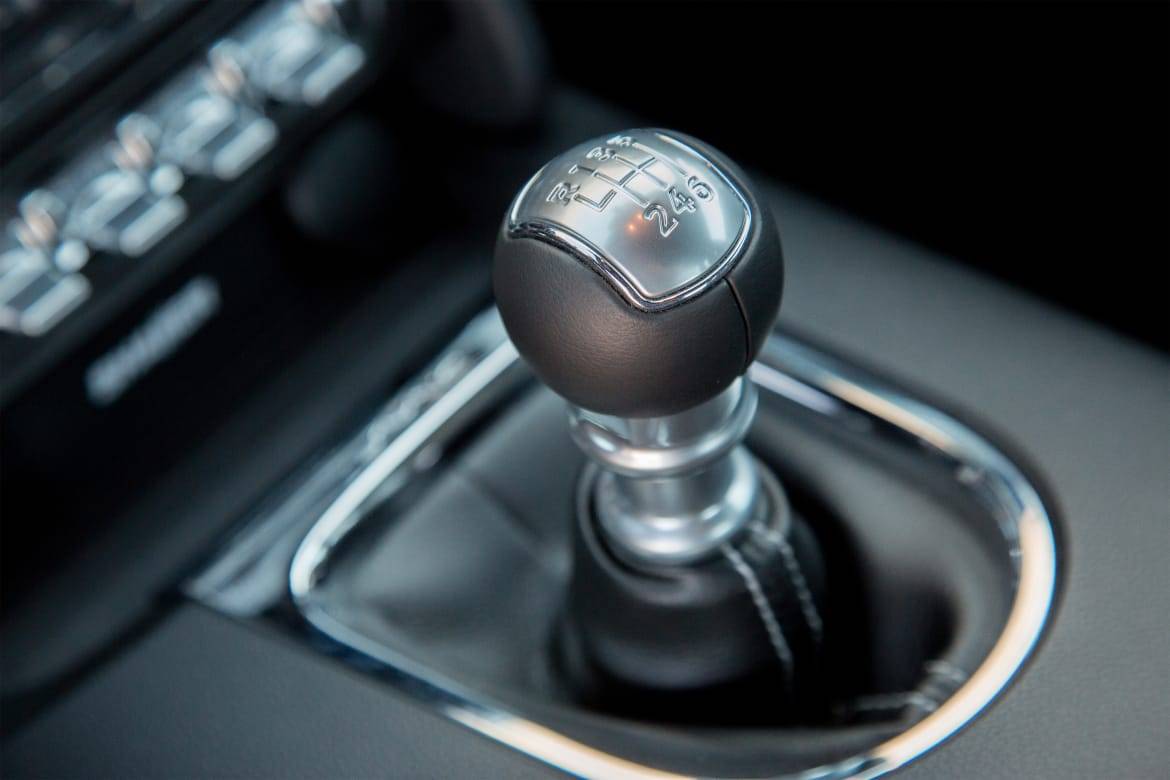Are Manual Transmissions Cheaper to Repair and Maintain Than Automatics?


CARS.COM — Manual transmissions are usually cheaper to maintain and repair than automatics because the latter are far more complex and have more parts and functions that can fail, but it may depend on your driving style.
An automatic has hundreds of mechanical, hydraulic and electronic helpers that have to work in harmony to shift gears smoothly for you. In contrast, a manual transmission is mostly mechanical gears that rely on the driver to engage the clutch and shift when needed.
Related: More Drivetrain and Transmission News
The cost of replacing automatic transmission fluid generally ranges from about $100 to $200, depending on the vehicle and who is doing the transmission repair. Manual transmissions also require periodic fluid changes, but the cost tends to be about half of that.
Transmission repair costs vary widely based on the vehicle and what it needs. Repairing a leak might cost a few hundred dollars or less, but tearing apart a transmission to find the cause of problems can be much more expensive. That is why many repair shops recommend replacing a car’s transmission instead of trying to fix internal problems with a rebuild — especially in the case of newer continuously variable and dual-clutch automatics, because parts are more difficult to come by and there’s less repair know-how when compared with conventional automatics.
Transmission replacement costs also vary widely, but manual transmissions typically are cheaper, falling into a rough range of $1,500 to $3,000 for non-luxury vehicles. Automatics are more expensive, with a range of roughly $2,000 to $4,000 for a re-manufactured transmission for most vehicles from mainstream brands. CVTs lean toward the higher side of the estimate: One automotive shop estimated that to install a replacement a CVT on a Nissan Sentra would cost $4,000 versus $2,500 for replacing a six-speed automatic on a Chevrolet Cruze. For a luxury vehicle, a new transmission can cost closer to $10,000.
Here’s something else to keep in mind on cost: Some automatic and manual transmission parts are covered by the manufacturer’s powertrain warranty, which on many vehicles lasts for 60,000 miles and on some as long as 100,000. The clutch for a manual transmission, though, is considered a “wear” item and is generally covered for only 12,000 miles. Clutches and related parts also usually are excluded from extra-cost service contracts (or extended warranties).
If you burn through clutches rapidly because of your driving style, you could shell out more for manual transmission repairs than you would with an automatic. Likewise, if your foot-hand coordination isn’t great, you frequently could grind gears or chip gear teeth with a manual transmission, and over time that will take a toll.
Automatic transmissions also can be damaged by abuse, but they are less susceptible to wear caused by individual driving styles than a manual. Most people put them in Drive and just drive, and they seldom even think about the engine or transmission. Thanks to computer control and other advances, modern automatics are more durable than ever, even when driven enthusiastically.
Cars.com’s Editorial department is your source for automotive news and reviews. In line with Cars.com’s long-standing ethics policy, editors and reviewers don’t accept gifts or free trips from automakers. The Editorial department is independent of Cars.com’s advertising, sales and sponsored content departments.

Contributor Rick Popely has covered the auto industry for decades and hosts a weekly online radio show on TalkZone.com.
Featured stories

15-Year Car Loans Aren’t a Thing, But Americans Are Getting More Comfortable With Long Loan Terms

2025 Kia Telluride Review: Rougher Roads Ahead



